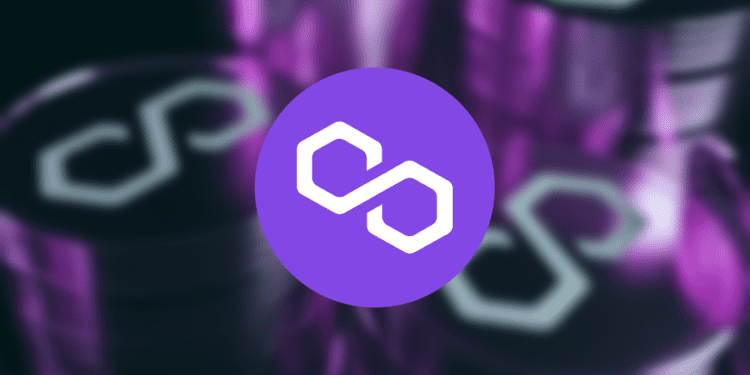- Three new PIPs mark the official beginning of the transition to Polygon 2.0.
- PIP-18 proposes new tokenomics for gas fees and staking when MATIC migrates to POL. PIP-17 details token emission rates and reward structures, while PIP-19 ensures that POL is backward compatible.
Three Polygon Improvements Proposals (PIPs) have been released to drive the next wave of upgrades for Polygon 2, each marking a significant development milestone. The Polygon community is currently voting on these proposals.
The first of these proposals is PIP-18, which provides a framework for how MATIC will shift to POL when Polygon 2.0 goes live and outlines new tokenomics for gas fees and staking on Polygon 2.0.
PIP-17, the second proposal, expands on PIP-18 by detailing how smart contracts will handle POL emissions rates and migrations between MATIC and POL. PIP-17 reiterates that POL will have an initial supply of 10 billion tokens and an annual 2% emission rate distributed between validator staking rewards and the community treasury.
The third proposal, PIP-19, calls for the native gas token on Polygon to be migrated from MATIC to POL and ensure that it features backward compatibility. This means that POL still works with the previous version of Polygon so that the migration can occur smoothly and that the Polygon 2.0 upgrade does not disrupt smart contract executions and functions.
The ongoing community vote highlights the inclusive and cooperative nature of Polygon’s development, where the community actively contributes to shaping the network’s future. As Polygon continues to progress, these proposals represent a significant stride toward its goal of becoming a more robust and adaptable blockchain ecosystem. Community involvement and support in these pivotal decisions will be instrumental in propelling the success and expansion of Polygon 2.0.














